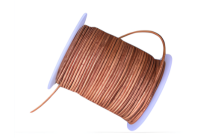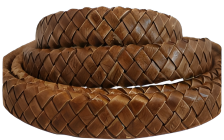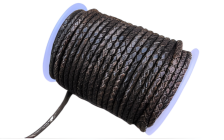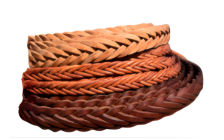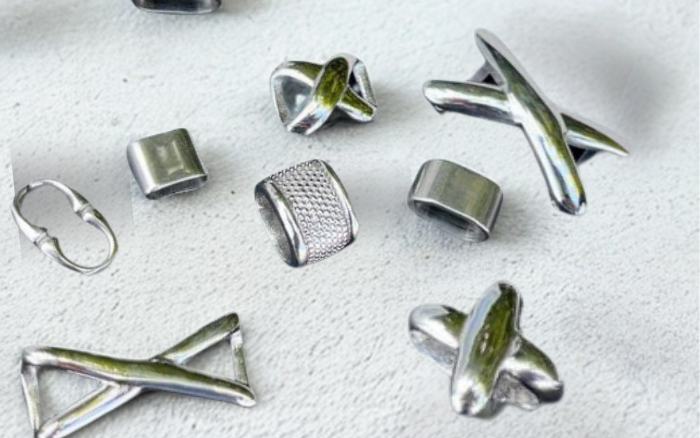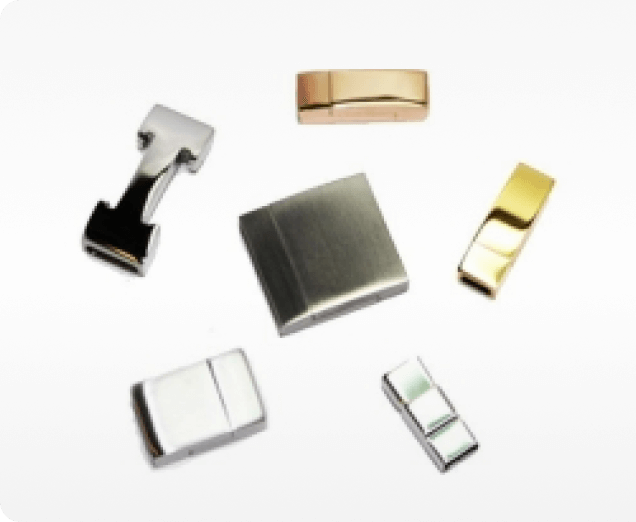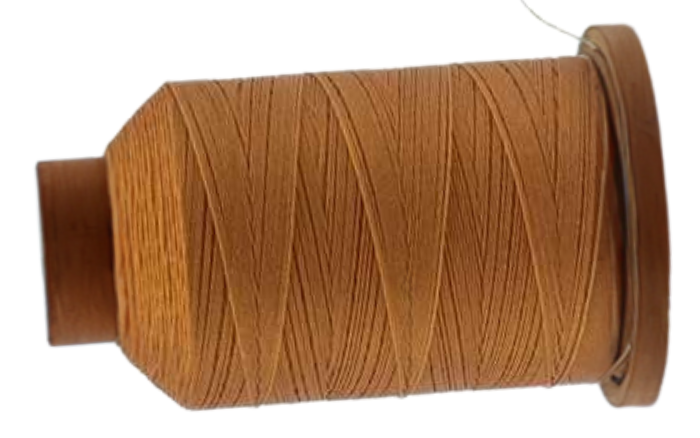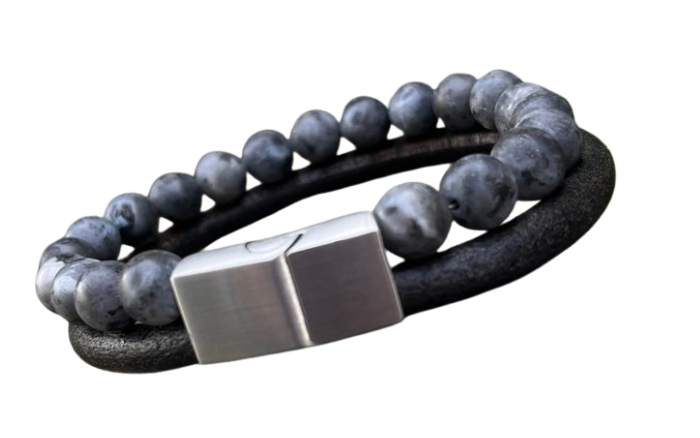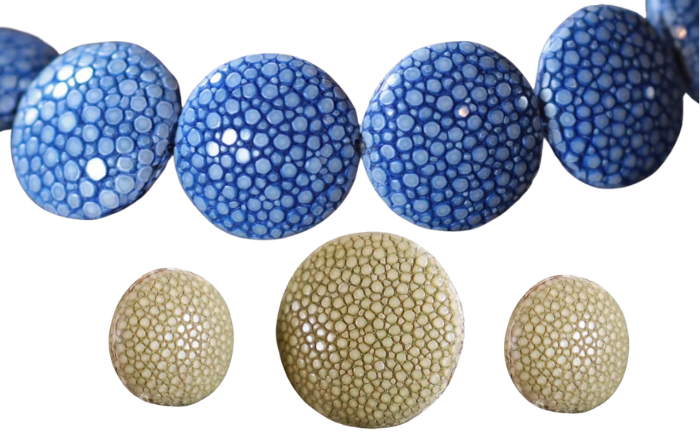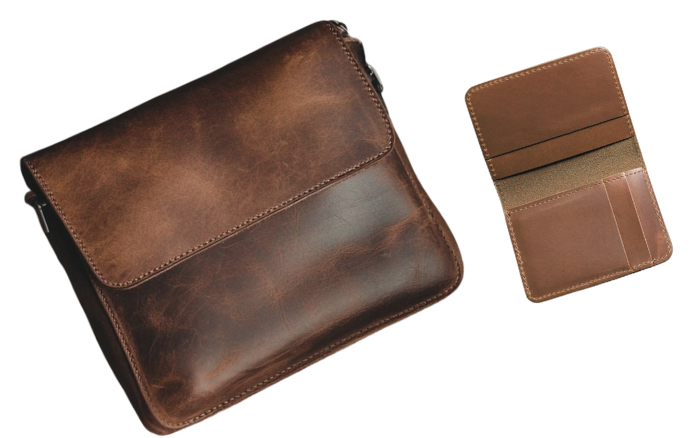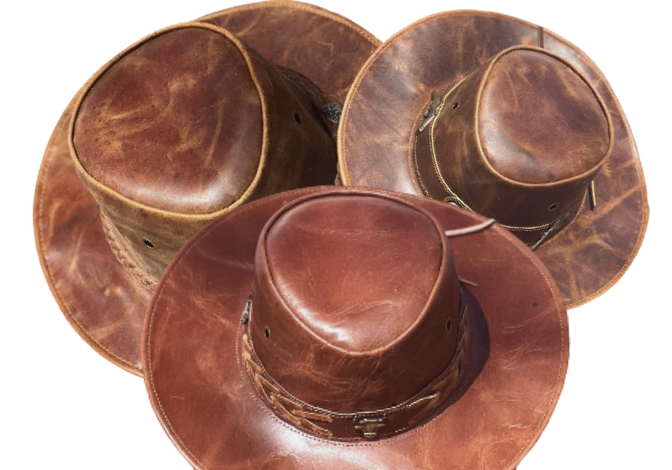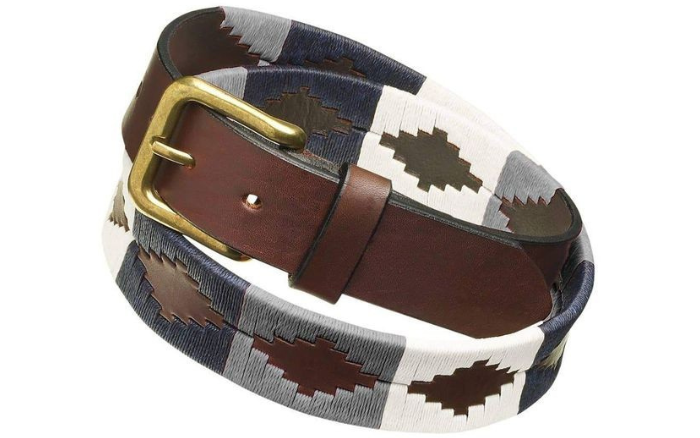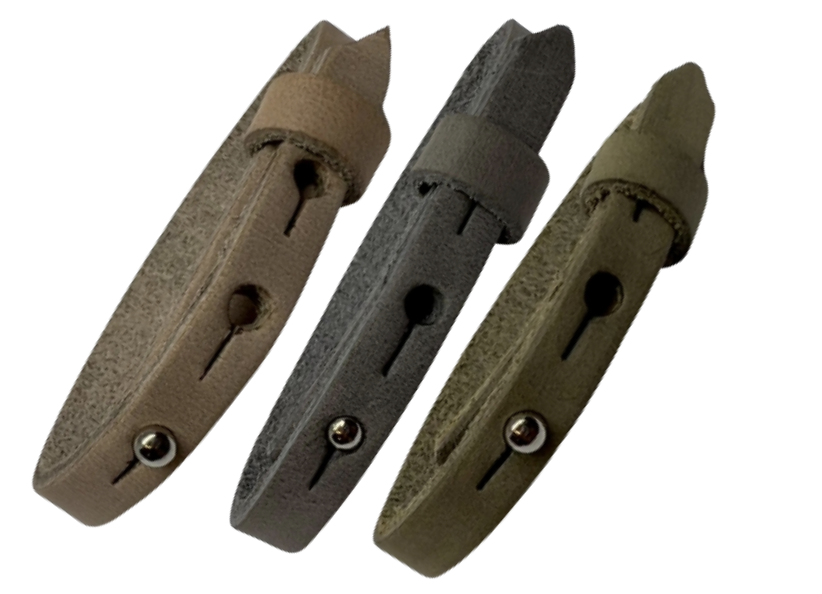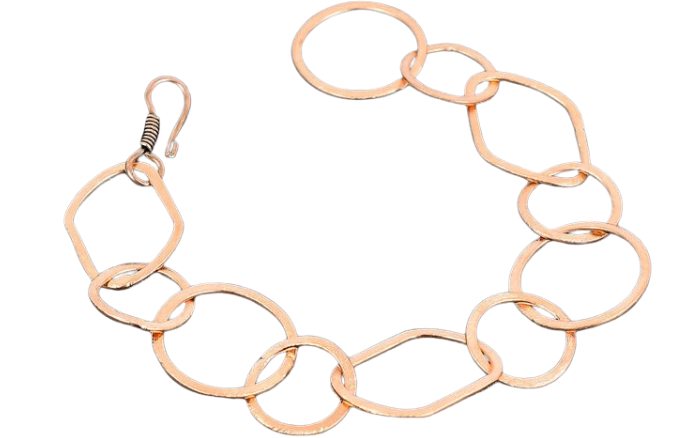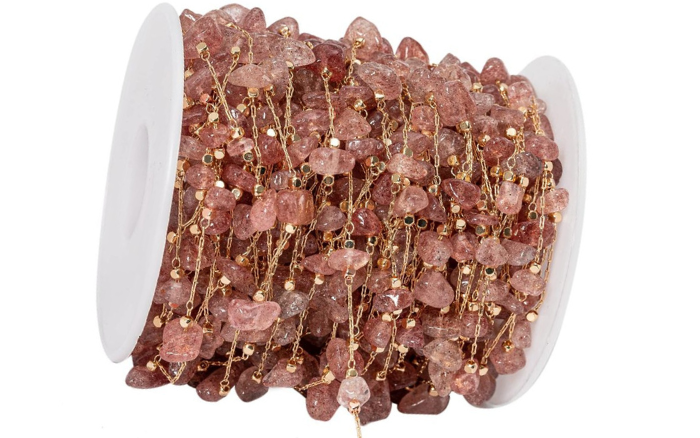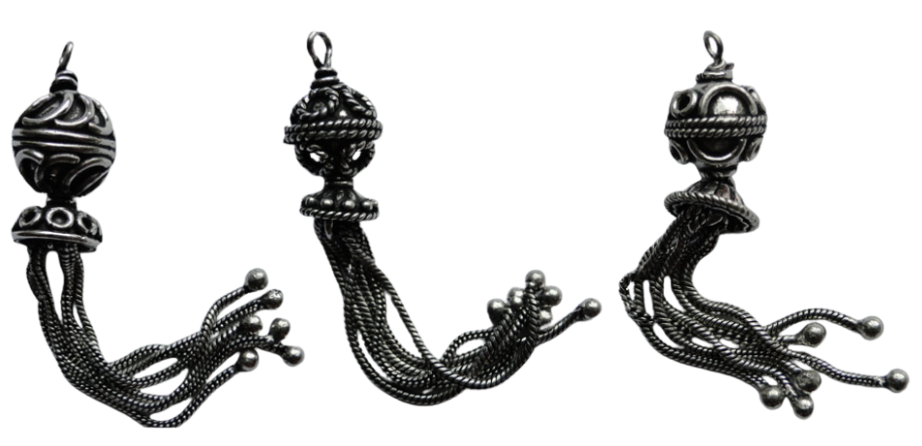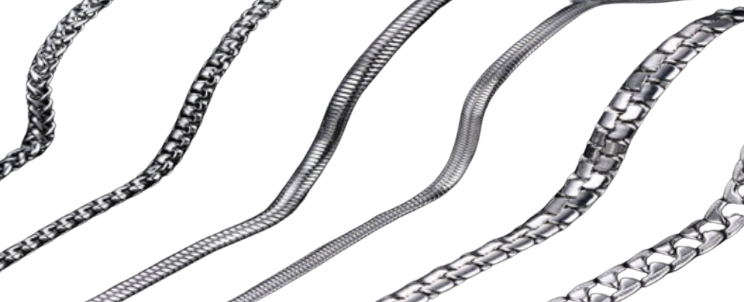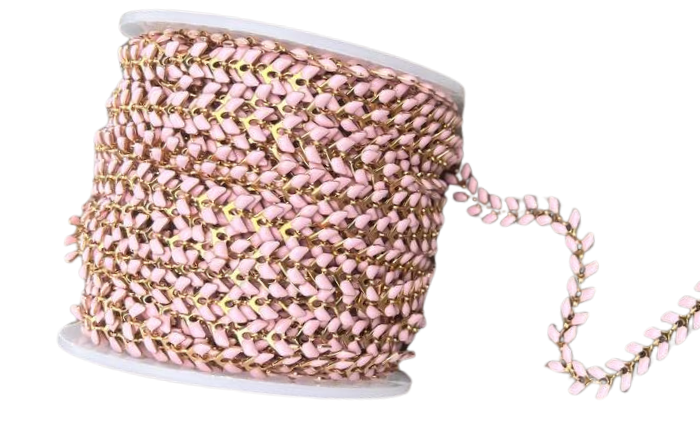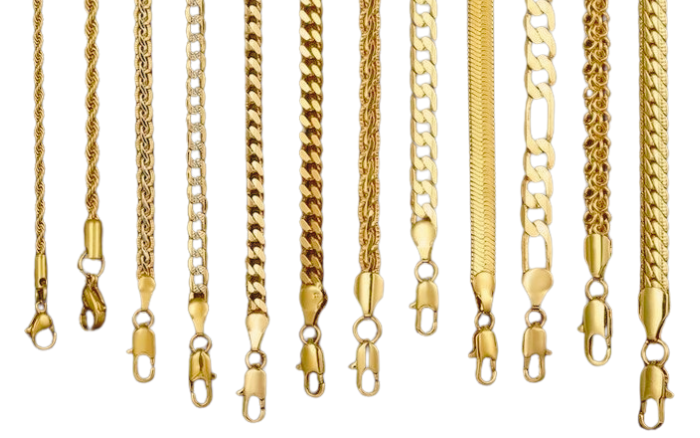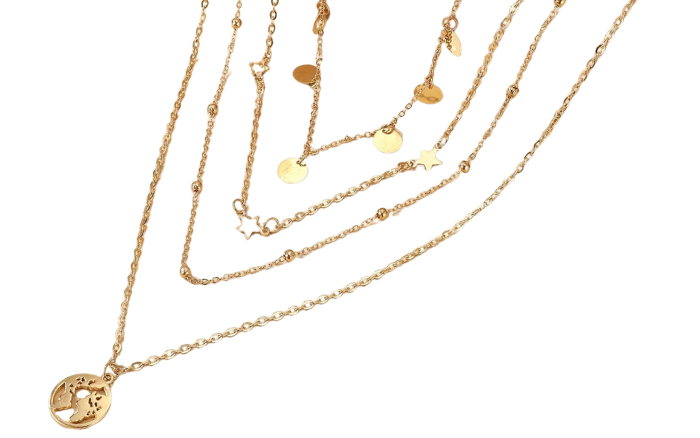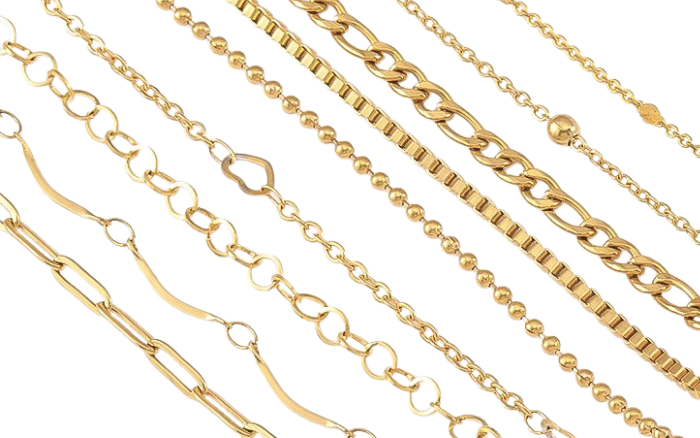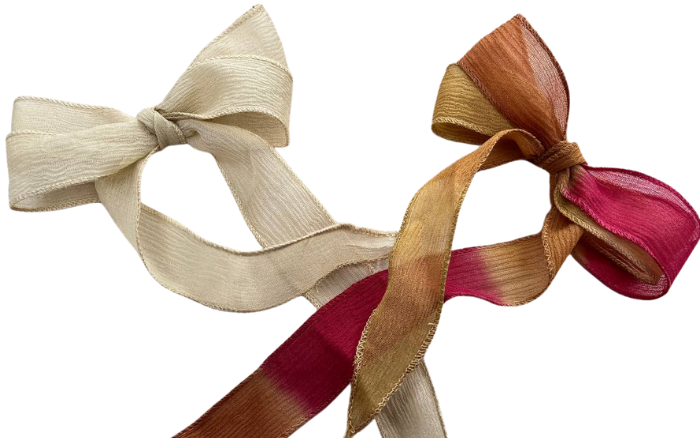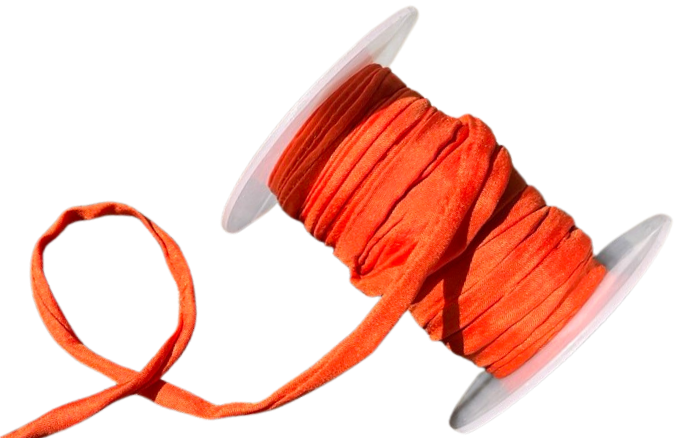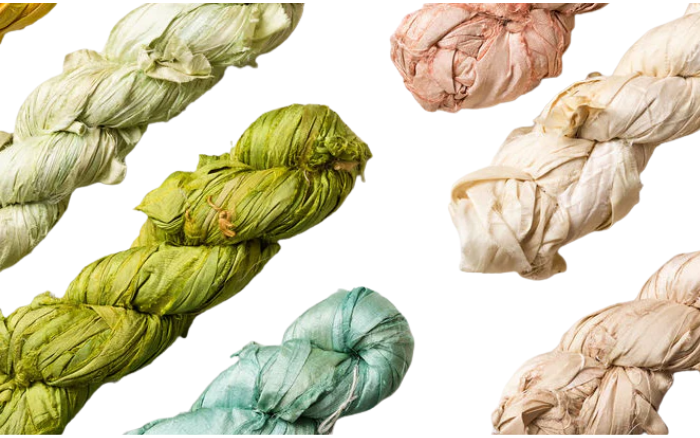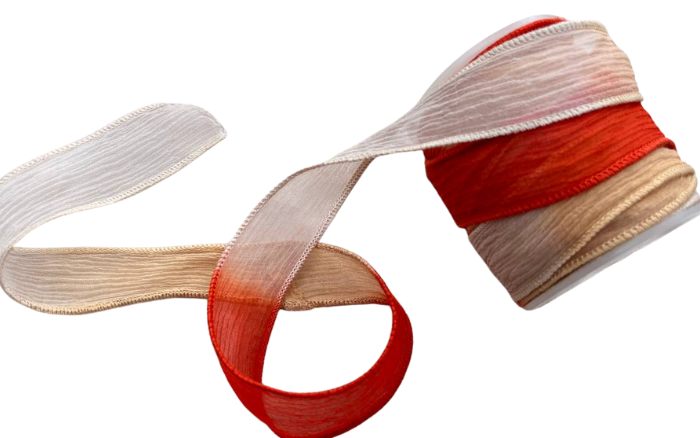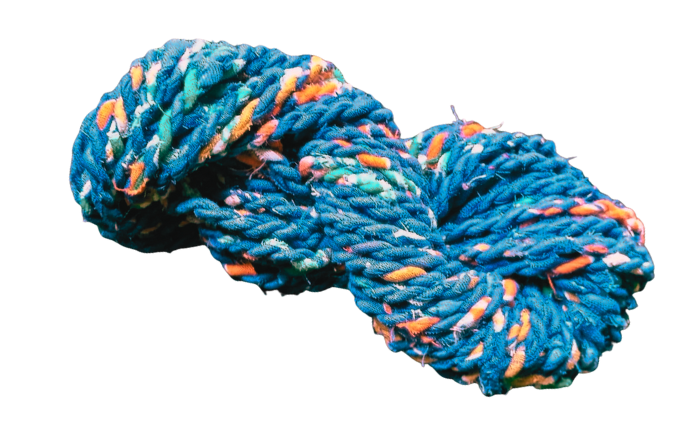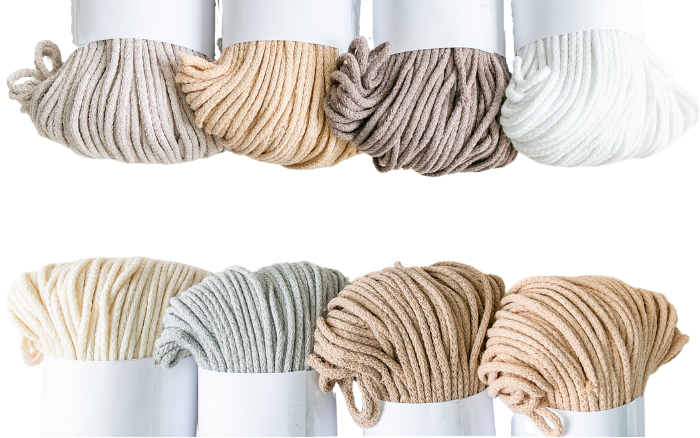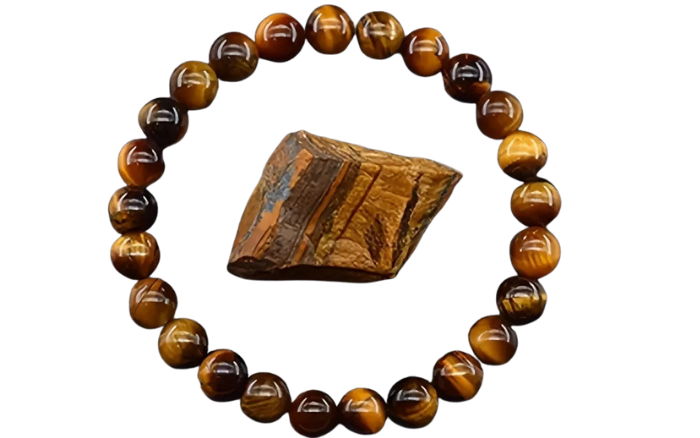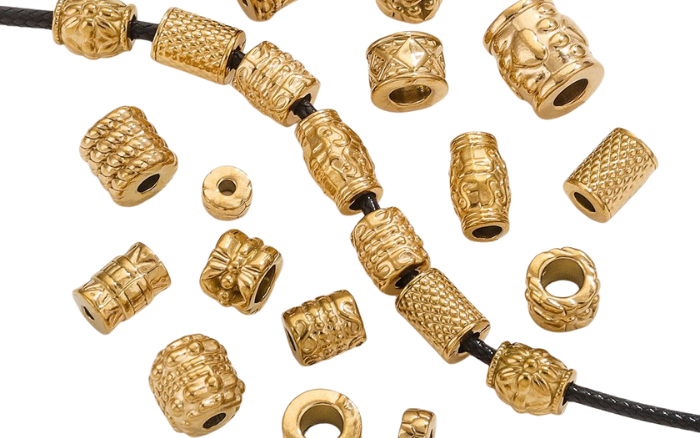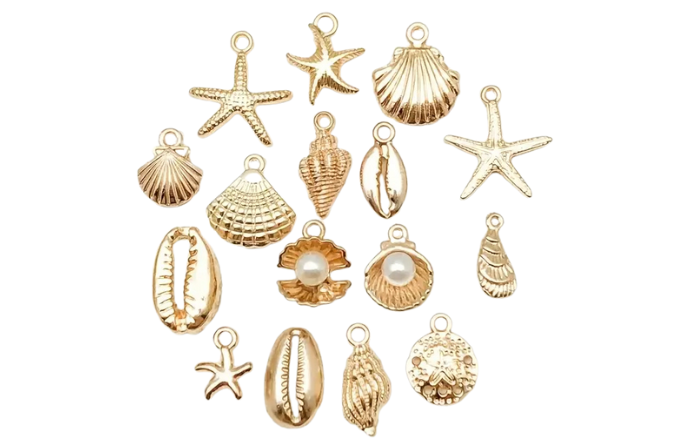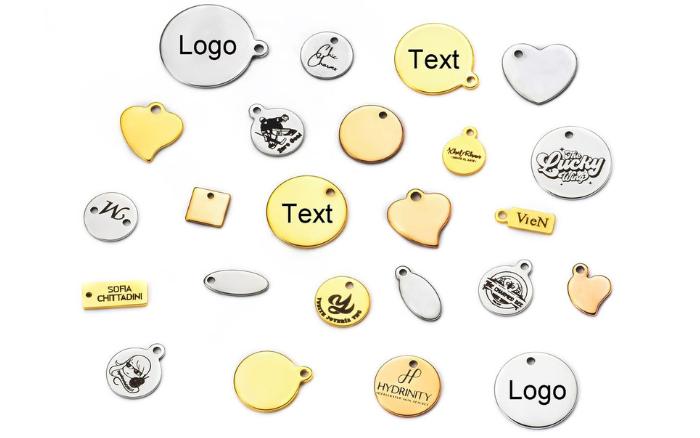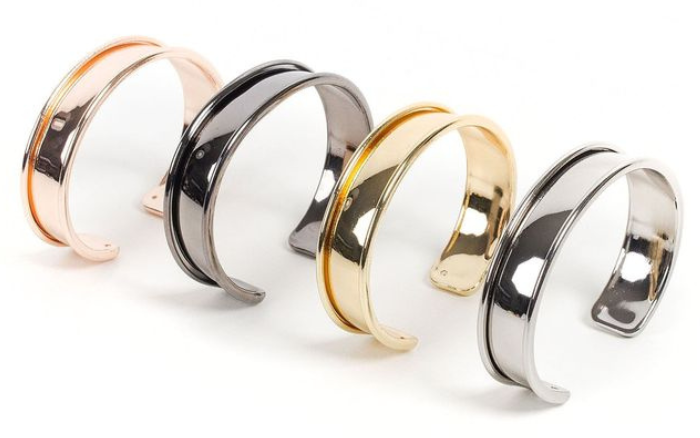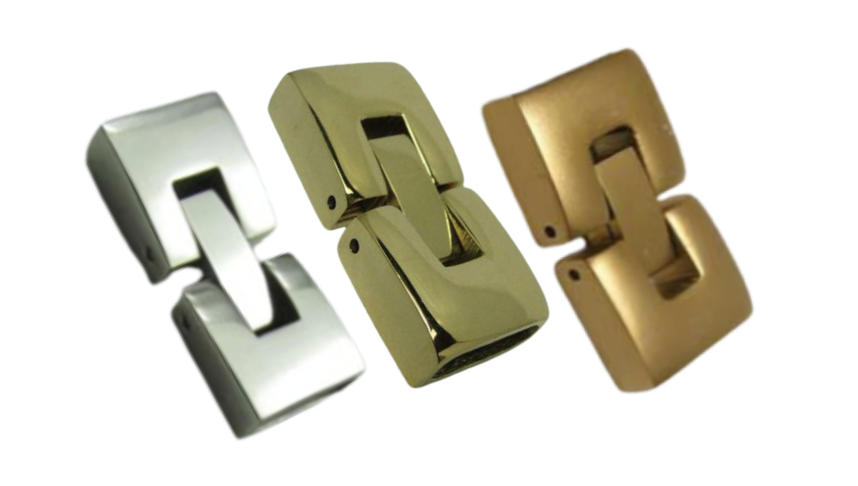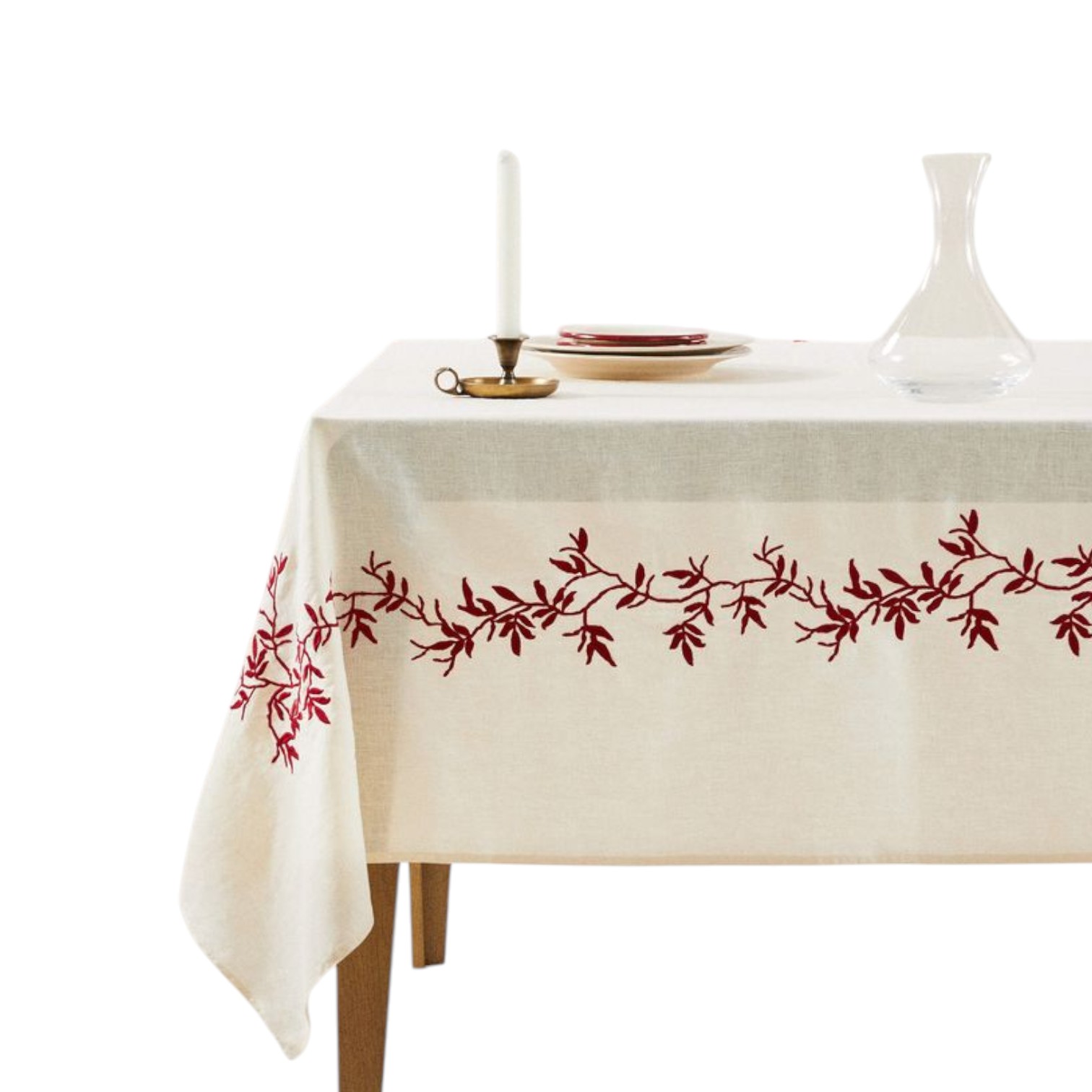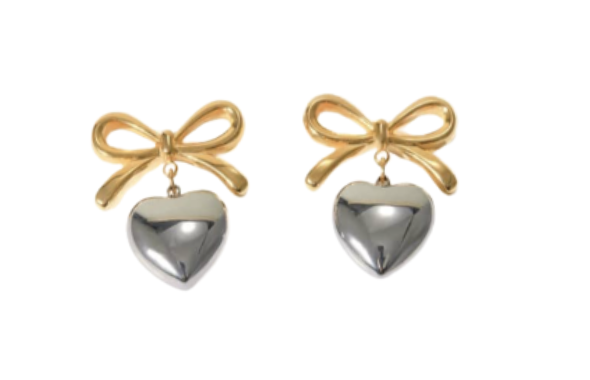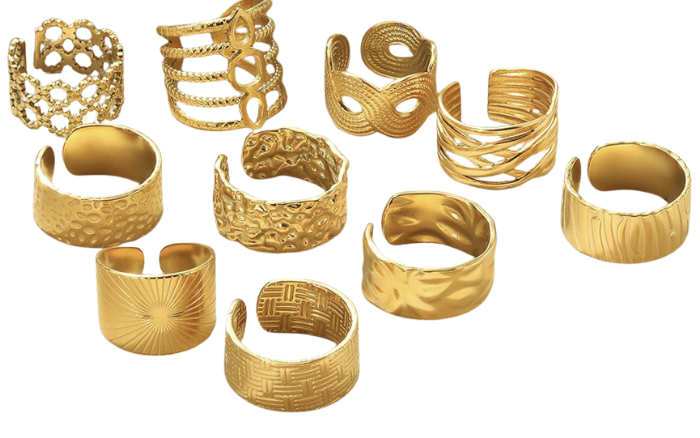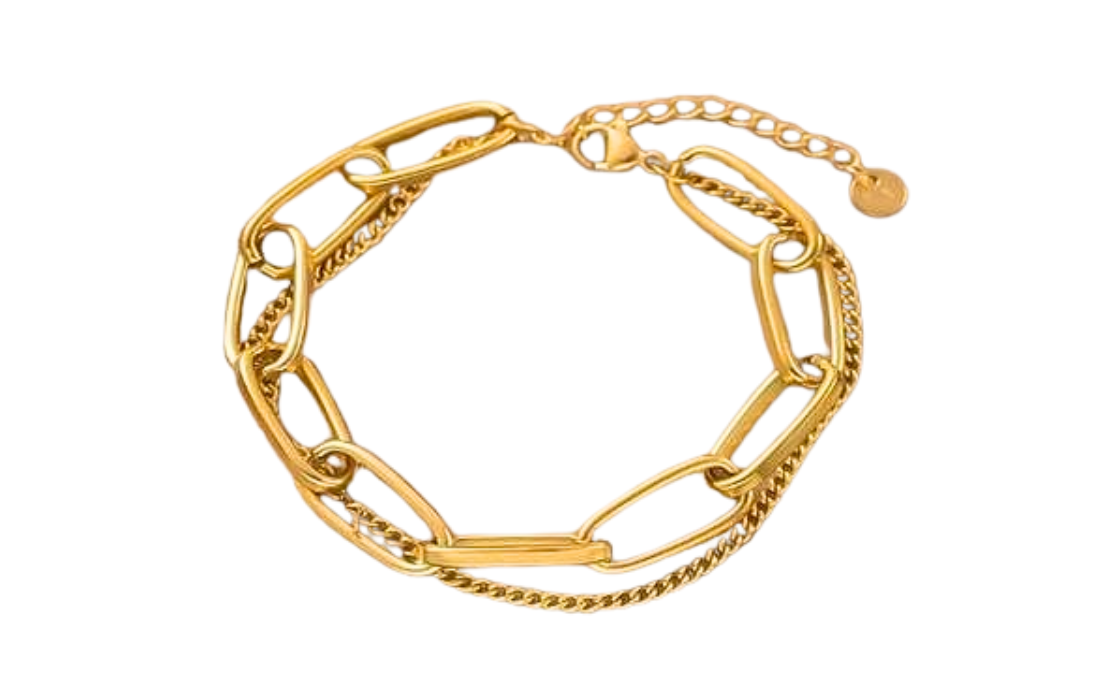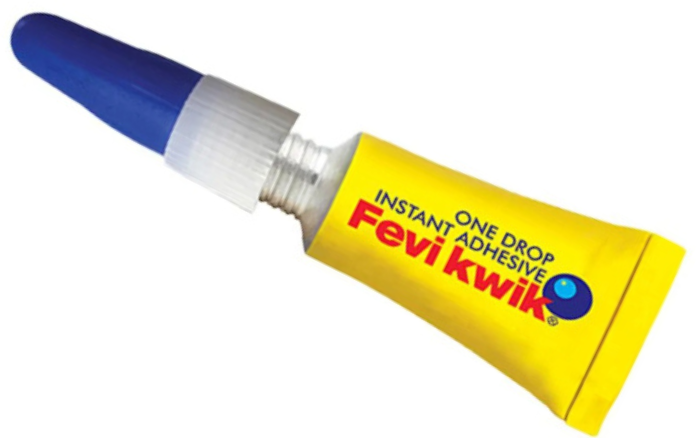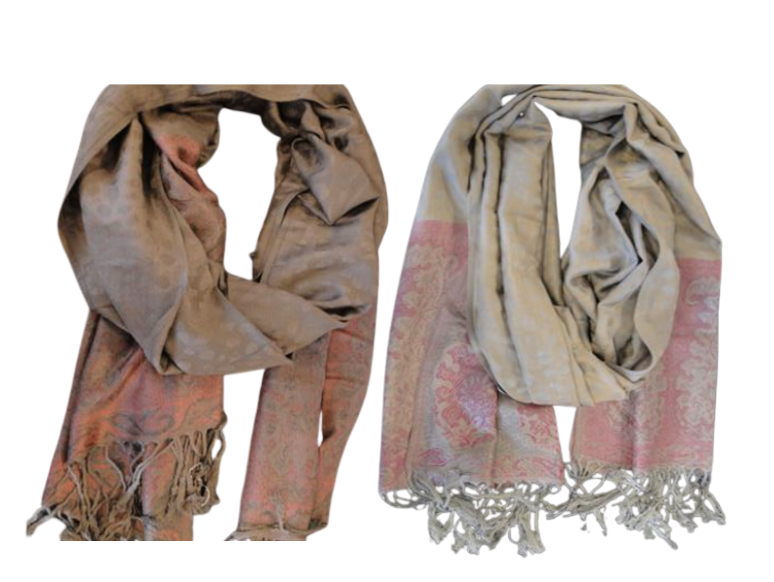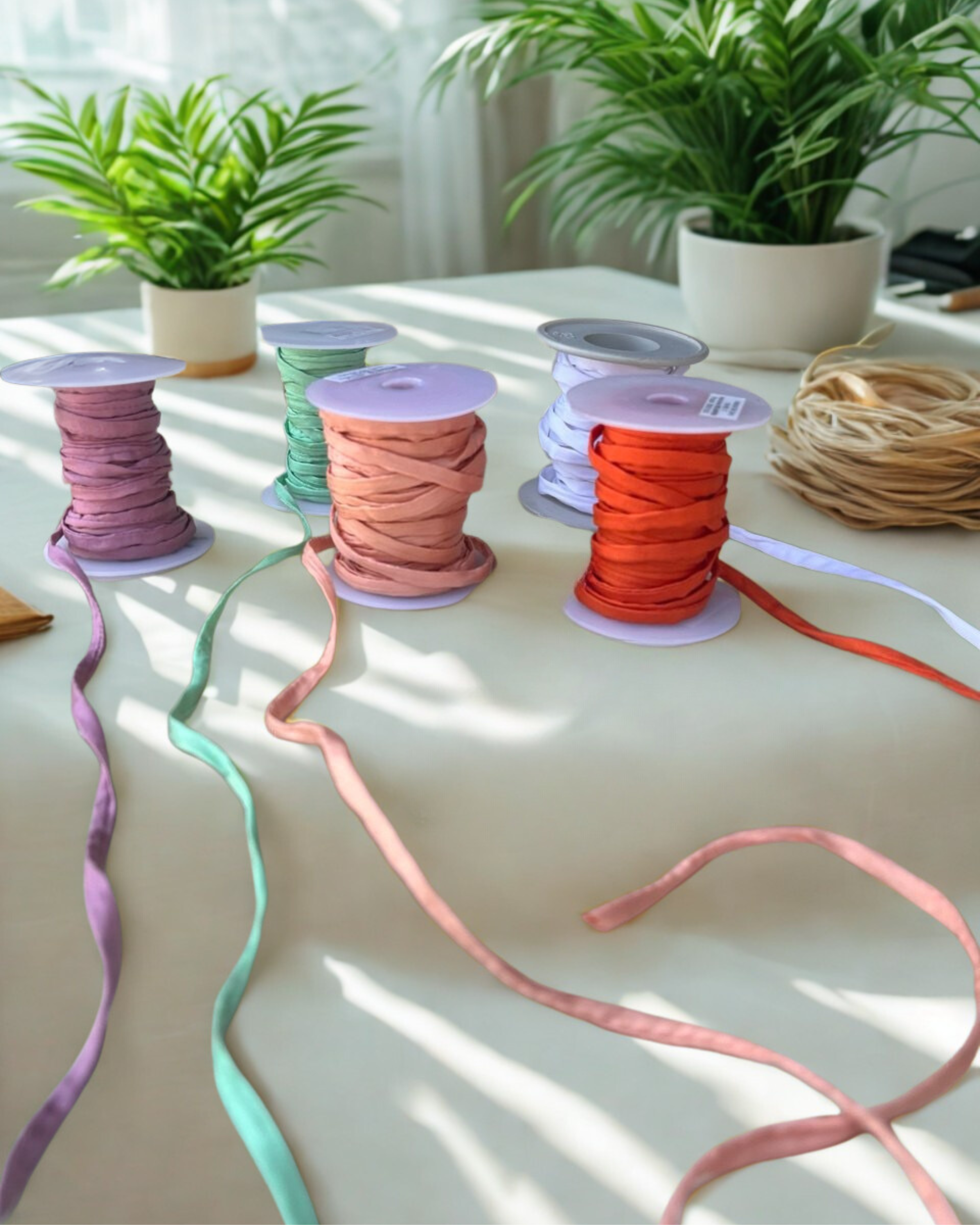How to Tell if It’s Real Silk (and Why Habotai Silk Stands Out)
Silk has been prized for centuries as one of the most luxurious and elegant fabrics. But with so many synthetic alternatives on the market, how can you tell if what you’re buying is real silk?
5 Ways to Identify Real Silk
The Touch Test
Real silk feels smooth, soft, and warm to the touch.
Synthetic fabrics often feel colder and slightly rough.
The Shine Test
Silk has a natural, subtle sheen that changes colors in the light.
Polyester shines too brightly and looks uniform.
The Ring Test
Genuine silk can easily slide through a ring because of its fine, smooth fibers.
Artificial fibers tend to bunch up or stick.
The Burn Test (for fabric scraps only)
Real silk burns slowly, smells like burnt hair, and turns to ash.
Fake silk melts quickly and smells like plastic.
The Price & Label Check
If it seems too cheap, it’s probably not real silk.
Look for labels like “100% silk” or specific silk types (Habotai, Mulberry, Tussar).
Habotai silk, also called “China silk,” is one of the most widely used silks in fashion, jewelry making, and crafts.
Lightweight & soft with a smooth, fluid drape.
Often used in silk ribbons, cords, scarves, and linings.
Easy to dye, making it perfect for colorful designs.
Less expensive than some other silks but still 100% natural.
At Sun Enterprises, Habotai silk is especially popular for silk cords and ribbons used in jewelry making. It adds elegance, softness, and a natural luxury feel that synthetic ribbons can’t match.
Color & Style Possibilities with Habotai Silk
Available in rich, vibrant colors that hold dye beautifully.
Perfect for wrapping leather bracelets, creating silk necklaces, or adding textile elements to jewelry.
Works well with both modern metallic clasps and rustic finishes.
Final Tip
When in doubt, always test your silk with touch, shine, or burn methods. And for a guaranteed authentic choice, explore Habotai silk cords and ribbons , a timeless favorite for designers worldwide.


